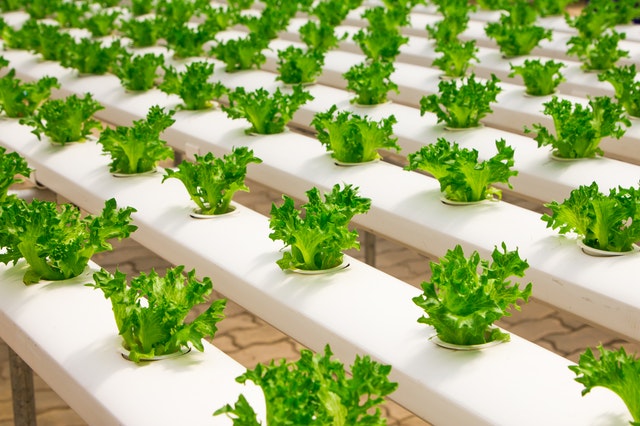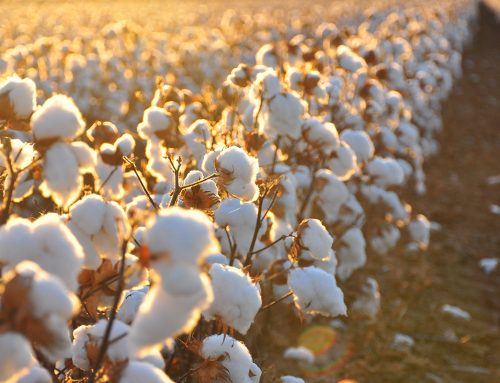You do not need a garden. Here is all you need:
- Vegetable scraps
- Clear containers
- Garden soil
- Planter
- A bit of sunshine and some water
- A little time and patience
Here is a video showing you what to do:
2. Set the lettuce on its base in a glass with ½ inch of water, and place it in sunlight. Change the water every day.
3. After 5-7 days, some new leaves should have begun to sprout from the center, and roots should be forming. Transfer it to soil and you can begin harvesting leaves when they reach 6-8 inches tall.
1. Cut approximately 3 inches from a fresh stem, just above a node. Remove the leaves along the bottom 2 inches of the cutting.
2. Place the cuttings in water, keeping the leaves on top above the water.
3. After roots have formed and grown 2 inches, transplant to soil. You can begin harvesting when the plant is fully grown with mature leaves.
1. When cutting, keep approximately 2 inches of the roots and base intact.
2. Place the roots in ½ inch of water with sunlight. Change the water every other day.
3. Transfer to soil after 5-7 days or keep in the glass of water. You can begin harvesting when they are fully grown.
1. When cutting, keep approximately 2 inches of the base intact.
2. Set it on its base in a glass with ½ inch of water with sunlight. Change the water every other day.
3. After 5-7 days, the leaves in the center should be a deeper green. Transplant it to soil and you can begin harvesting when it is fully grown with stalks.
1. Your onion scraps should still have approximately 1-2 inches of the root base intact.
2. Plant directly into soil with a thin layer of soil covering the cut top. To make room in your garden, you can trim the sides of the onion as only the center is needed for regrowth.
3. Harvest the onions when the green tops have yellowed and fallen over.
2. Plant directly into soil with the base facing downwards. Cover with approximately 2 inches of soil and pat down firmly.
3. They are ready to harvest when the green tops have started to brown and wilt.
Why is it good for yourself, your health and your pocket?
hover the mouse or click over the box- Assuming that you spend 7 euro a week for those vegetables that you would start growing at home, this is going to be about 30 euro saved monthly.
- You bring on the table products that couldn’t be more local.
You know they were cultivated 100% naturally, without using fertilizers or pesticides.
They are grown under your same roof. - Serving and tasting them, will make you feel good and proud about your “creation”…
we have no doubt about it!
What about the rest of our kitchen waste? Compost is the answer!
hover the mouse or click over the box- Composting organic materials such as yard trimmings and food scraps reduces the amount of waste that ends up in landfills or combustion facilities.
- Adding compost to the soil provides valuable nutrients, improves soil structure, adds beneficial soil micro-organisms and attracts earthworms, suppresses certain plant diseases, reduces the need for fertilizers and pesticides, and helps prevent soil erosion and nutrient run-off.
- Composting, like recycling, is an easy way to ensure a sustainable future while also giving your plants a boost!



![Ecosia it! [4min. reading time]](https://www.habits.ninja/wp-content/uploads/ecosia-logo-500x383.png)
![Building trust: why consumers should shift towards environmentally friendly corporations [7min. reading time]](https://www.habits.ninja/wp-content/uploads/environmental-awareness-679668_640-500x383.jpg)











